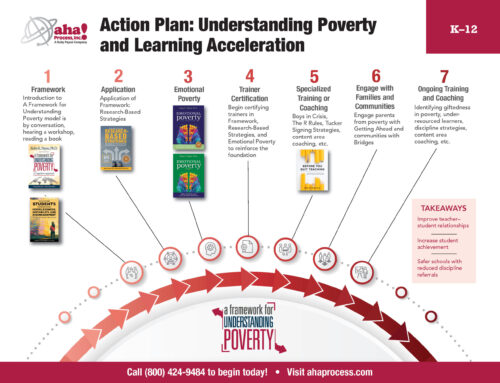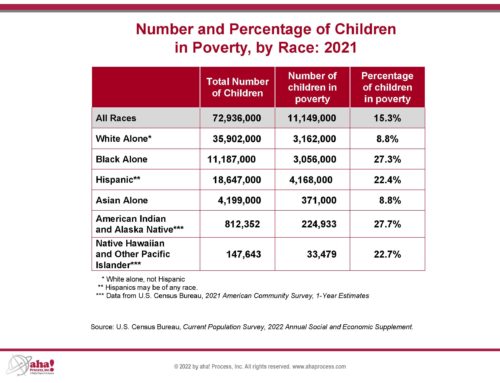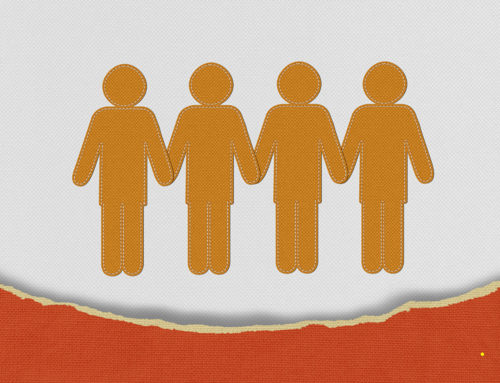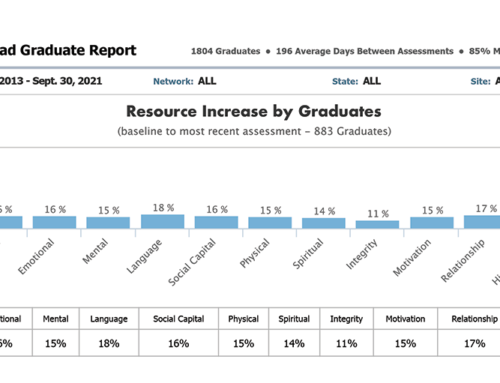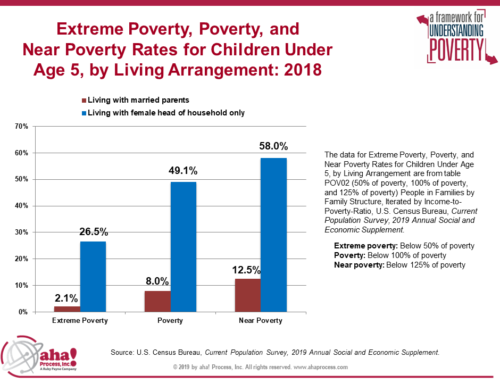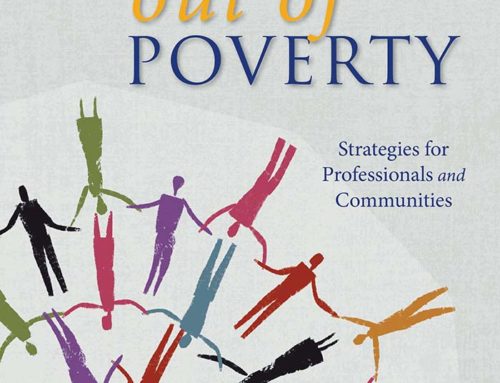Ruby Payne reads the Introduction from her book Emotional Poverty, Volume 2.
This book is a follow-up to Emotional Poverty in All Demographics. That book examined the unregulated, unintegrated brain; calming techniques; what motivates good/healthy behaviors (compassion for self and others) and bad/unhealthy behaviors (little compassion for self and others); why discipline works with some students and not others; why external environments that reinforce “less than” and “separate from” perceptions create more anger and violence; male brains and some of the issues with emotional processing; and the emotional noise in a classroom and how adults contribute to that noise.
The following are some basic concepts that were in Emotional Poverty:
- All emotional wellness is based in safety and belonging.
- It is difficult to change behavior. It is much easier to change the motivation for the behavior, which then changes the behavior.
- The biggest difference between healthy (beneficial) and unhealthy (unbeneficial) behavior is compassion—for yourself and others.
- Schools will always have consequences. It is the approach that needs to change.
- The amygdala is mostly structured by the time you are three years old. It is restructured in adolescence.
- At their base level, emotions are simple—you are either moving toward something or away from something. That is why it is not possible for the brain to be both angry and compassionate at the same time. Anger is an “away from” emotion that often results in attack. Compassion is a “moving toward” emotion that usually results in understanding.
- To change a behavior or response, the behavior or response has to be named.
Please note: This approach does not see a difficult student/person as “bad” or “sick” but rather as someone who is injured. Emotional Poverty looks at how to approach a person so that everyone—both individuals and organizations—can function at a higher level of safety and belonging.
This book will pick up and add to the discussion by looking at:
- How the limbic system “tells” emotions and stressors.
- How the energy system of the body can be reset to lessen stress and calm students.
- The development of adolescent brains.
- How to develop the prefrontal cortex and build emotional muscle (resilience) in students.
- How the hippocampus develops the stories of ourselves through coauthors and early childhood experiences that shape adult strengths and weaknesses.
- Tools for adults who are stressed and have compassion fatigue or secondary traumatic stress.
- How to work with angry, emotional parents and adults.
Disclaimer: This book looks at patterns and basic understandings. It does not explain every behavior/emotional reality. Not all of this information will apply to students in special education with a 504 or an IEP. The purpose of this book is to provide the language to name what educators are seeing and strategies to address some of those issues.
This book is for practitioners—not for psychologists. It is for individuals who work with children and adolescents and need a vocabulary and strategies for addressing emotional issues. Practitioners, unless they work in psychology or counseling, rarely get this information. My books on emotional poverty translate clinical research into understandings that can be used by practitioners. It is my hope that these books will give educators and other care providers the basic language for naming the emotional issues and provide strategies to address the behaviors.
The limits of my language mean the limits of my world.
–Ludwig Wittgenstein


